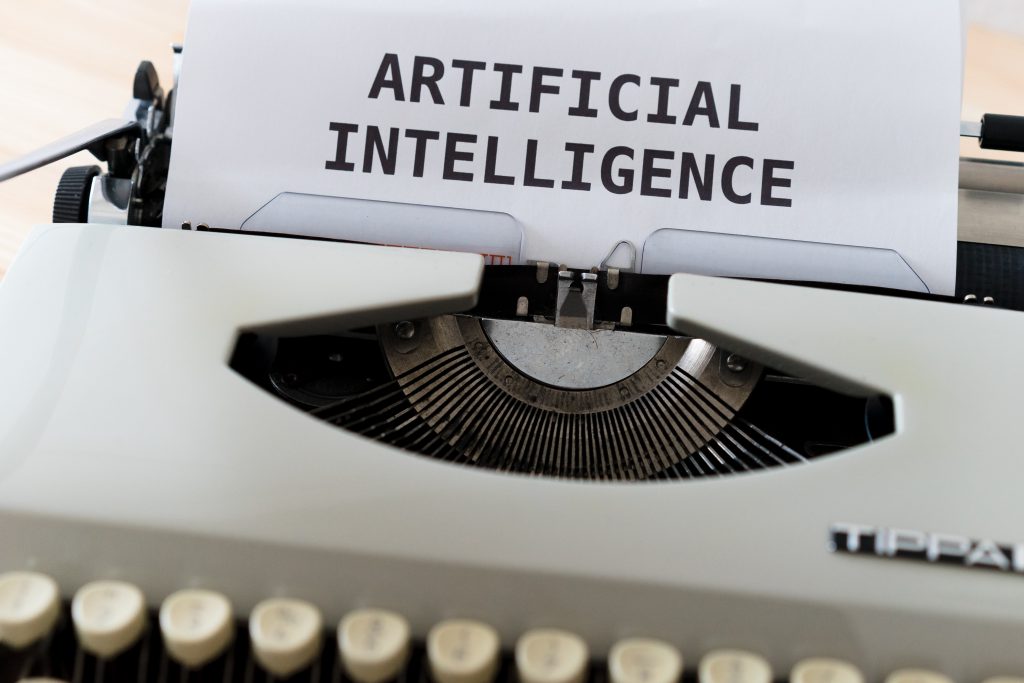
Gone are the days when having a robot do your homework was something out of a science fiction novel. Whether you’re using ChatGPT, Google Bard or any other cutting-edge Artificial Intelligence (AI) tool, cheating your way through assignments has become easier and more tempting than ever before. With these technological advancements, teachers and students alike have been asking: What place should AI have in schools?
It’s important to note that AI is more than just an “essay-generator.” Text-to-speech programs utilize AI and websites like Quizlet have been creating AI to offer tailor-made questions based on the subject you are studying. Even common technology we take for granted, such as Google Translate and grammar and spell checkers, technically fall under the category of AI.
Perhaps it’s time to shift our focus towards teaching students how to ethically and responsibly use the resources available to them. Instead of viewing AI as a threat, we can integrate it into the educational process as a tool for learning.
Schools have been coming up with ways to detect cheating, implementing programs like Turnitin. However, these programs are far from perfect. They have been known to produce false positives, and they don’t always detect when AI has been employed to complete assignments. It’s clear that a new approach is needed, one that allows us to harness the power of these technologies without compromising our core educational values.
Obviously, it’s important for students to be able to write an effective essay, but that doesn’t mean we have to cut out any help AI may be able to offer. Grammar and spell checkers, such as Grammarly, help students improve their writing by offering real-time suggestions for corrections and enhancements. AI can also provide inspiration by generating ideas, suggesting synonyms or helping rephrase sentences. They can even help with organization and structure, making sure your essays and reports follow a logical flow.
As far as utilizing AI for research, it’s important to know that AI has been known to provide false information, so it’s crucial to ensure that the answers it gives are up-to-date and accurate. That being said, AI can serve as a valuable starting point or a helpful resource to check one’s understanding, similar to how we use Wikipedia today — as a place to begin our basic research, but not as the final source.
Perhaps most importantly, AI-powered tools are leveling the playing fields. Text-to-speech and speech-to-text applications help those with visual or hearing impairments access educational content. AI, such as Diffit.me, can analyze and adapt the complexity of written content to match the reading level of the intended audience. This means that a single piece of content, such as a news article or textbook, can be customized to suit various reading abilities — from elementary school students to advanced learners. This adaptability ensures that educational materials are accessible to a broader range of students, including those with varying reading proficiencies.
AI has the potential to revolutionize education by making it more inclusive, personalized and engaging. It’s not just about automating tasks. The real time, grammar and writing suggestions will become less necessary as students internalize the forms of good writing. As AI advances it will continue to provide scaffolding for students to build better communication skills. AI will play an increasingly significant role in shaping the future of education, making it more accessible and effective for learners of all backgrounds and abilities.
Ultimately, AI’s role in education should be about enhancing the learning experience while instilling ethical values and skills in students, and this education should start now. We should be learning how to harness these skills responsibly, not fearing them.
